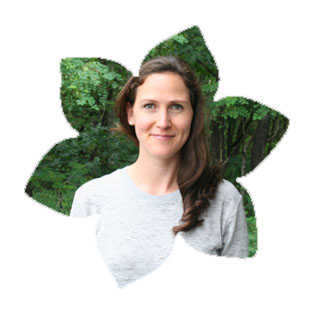Whose Voice Counts?
Municipal and regional governments are uniquely participatory structures. Small constituencies and the proximity between elected officials and the public offers people a chance to have significant influence on the decision making process. This reality, combined with efforts that local governments make to solicit participation gives credence to the adage that democracy belongs to those who show up.
In theory it seems like a good compromise between direct and representational democracy, but recent land use planning decisions indicate a bias in the interests being represented. The approval of the Bear Mountain and Vantreight developments, Victoria’s choice to criminalize homeless people and the CRD staff’s preliminary support for a proposal to increase the population of Jordan River by 1000% tells us that the people who “show up,” to participate are not representative of the entire community. A quick look at the language, the architecture and the origins of our democracy demonstrates that this is more than coincidence.
To start with you can read this letter from the Chair of the CRD board to a constituent who had expressed concern with the Vantreight proposal. The abbreviated references to the relationship between the RGS (soon to be the RSS) and the OCP through the RCS which defines a USB or RCB as they relate to the density of a proposed development are enough to make anyone’s head spin. It’s taken me over a year of full time work to figure these out and I still have to confer with lawyers before taking a position on most issues. Worse still, the documents that all of these acronyms reference are between 30 to 50 pages long and full of even more legal jargon. Participation in these decision making processes requires an elite level of education and a time commitment that few can make. Thus business people such as Ian Vantrieght who can afford to hire a team of lawyers and representatives have a distinct advantage.
Someone who does wade through the research and requests to address a council meeting is confronted with an environment that speaks volumes about their role in the process. Council chambers are constructed in a way that physically demonstrates a separation between officials and the public. The Mayor or chairperson is often elevated above everyone on a podium, councilors and staff face each other at desks and the public is seated out of the way in a viewing gallery. This assemblage has practical applications, but it also conveys the message that visitors are separate from and not included in the decision making process.
Delegations from the public can only be made after a council votes to allow people to speak and they happen at the start of a meeting completely out of context with the rest of the proceedings. When presentations are finished councils continue on their agendas without comment or discussion on points that were raised as if listening to the public were simply an obligation to be fulfilled. Some representatives do listen to the comments made and may even be influenced by them, but the format for participation communicates the opposite and is especially unwelcoming to new comers who are not familiar with this system.
This process has roots in the decision making structures of feudal systems where the subjects (the public) had to request the privilege of addressing the court (council). The Magistrate (mayor) sat on a throne raised above the room. After making petitions, subjects were removed from the court (told to sit in the viewing gallery) while a decision was made with out their involvement. The psychology behind this was to demonstrate that it was not a right, but a privilege to communicate with omnipotent leaders. This separation between the state and the people is inherently silencing to everyone except for elite insiders whose position in society is protected by the process that was built to exclude everyone else.
Democracy does belong to those who show up, but we have engineered a version of democracy to discourage participation from all but a very narrow segment of our community. Other civilizations have been able to avoid this crisis with decision making systems based on participation and consensus. There are valuable lessons that we can learn from matriarchal societies across the world and from nations that are indigenous to this island. It is hard to extrapolate from systems used by small communities and apply them to modern cities but if the goal of our political systems is to actually achieve power for common people* it would make sense to take a lesson from cultures that have been doing this successfully for thousands of years.
Achieving sustainability amidst the environmental and economic changes approaching our community will require the inclusion of all points of view in our decision making processes. That’s no small task but by using accessible language in public documents and restructuring municipal and CRD board meetings to include people in a conversation about our future we can start taking steps to achieve this.
*The word democracy is derived from the Latin roots Demos meaning common people and Kratos meaning power or strength, thus Democracy literally means power to common people.
